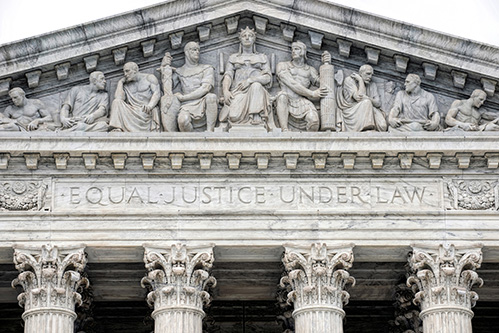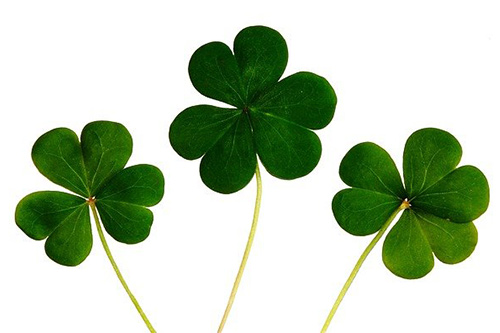Description
Political parties are not mentioned in the Constitution and most of the Founding Fathers railed against them. George Washington, in his 1796 Farewell Address, said that they were “…potent engines, by which cunning, ambitious, and unprincipled men will be enabled to subvert the power of the people and to usurp for themselves the reins of government, destroying afterwards the very engines which have lifted them to unjust dominion.”
Nonetheless, by 1800 two parties had been formed. In the 1830s the first “third party” was founded, the Anti-Masonic Party (in opposition to the Masons), which later aspired to becoming a major party by expanding its platform and morphing into the Whig party. The 1840s and 1850s saw multiple third parties that embraced a variety of causes including opposition to immigration and slavery. Then in the latter 1800s and early 20th century a variety of “progressive” groups emerged, including The Farmers’ Populist party in the 1890s and Theodore Roosevelt’s Progressive party. The mid-20th century spawned both right-wing and left-wing parties, including one in opposition to integration and equal rights. A party founded in the 1990s probably cost George H.W. Bush re-election. And this was just the tip of the iceberg. In 2020 ten candidates for President were on the ballot in at least five states.
This course will look at third parties and their influence on American History.




